![]()
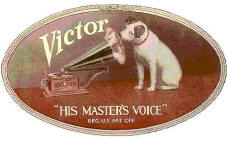
Design Details: Cranks and Speed Controls:
Along with the obvious variations in cabinet design, Victrolas also made evolutionary changes in some of the mechanical component designs.
Cranks
The less expensive tabletop Victrolas (VV-IV, VV-VI and VV-VIII) used a "flat shank" crank from 1911 through 1913. This was the same type of crank handle that had been used on many of the early external horn machines. All other Victrola models (and post 1913 lidless machines) used a "round shank" crank design.
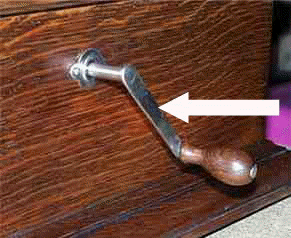
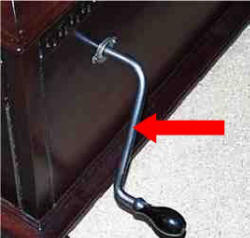
Flat Shank Round Shank
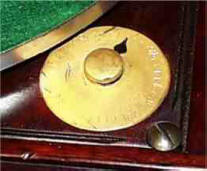 Speed Controls
Speed Controls
The speed control mechanism also evolved over the years. In the early years of the phonograph, different record companies used different turntable speeds, and thus the user would occasionally have to adjust the speed to play certain records. The earliest Victrolas used a Round Speed Control, which was a direct carry-over from the external horn machines. This design was used until 1913 on the more expensive models, and was used up until the mid-teens on some of the lower priced machines.
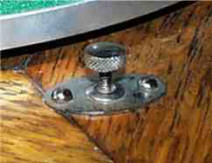
The low-priced lidless Victrolas used a Simple Knob during their entire production run, beginning in 1911. In addition, some of the later Orthophonic Victrolas reverted to this design in the late 1920's.
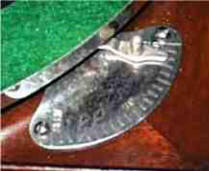
In 1913, the more expensive Victrolas changed from the round speed control to a Semi-Circular Bezel design. Most of the lower priced models followed suit within a year or two.
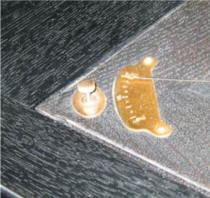
In late 1913, some of the premium models began using an Exposed Speed Indicator, which was the predecessor to the glass-covered speed dial that was popular for many years. This design permitted the user to monitor the turntable speed as it was being adjusted (using the control knob), making adjustments much easier. The Exposed Indicator had no glass protection for the fragile needle, making damage quite easy. It was replaced with the Large Glass Indictor (below) very shortly after introduction.
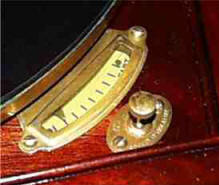
In 1914, Victor redesigned the Exposed Speed Indicator to provide protection for the delicate needle. The first iteration of this new design used a Large Crescent Glass Dial and a separately mounted control knob. This design was used only on the more expensive machines (XIV, XVI and XVIII) for about 2 years.
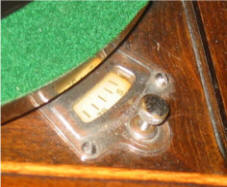
A popular and long lasting control configuration was introduced on the costlier Victrolas in early 1916, and was eventually adopted by most models up through the middle 1920's. This was of a similar configuration as the large glass indicator, except is was more of an integrated design, using a smaller dial, usually referred to as the Small Glass Dial.
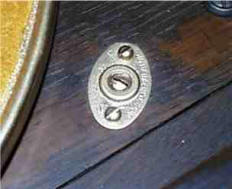
The final speed control design used on late Orthophonics was actually a simplification and fall-back to a simpler concept. Since record speeds had long since standardized by the late 1920's, there was no longer a need to adjust the speed from record-to-record. Thus, a simple Screw Speed Control was used, and no indicator was provided.

